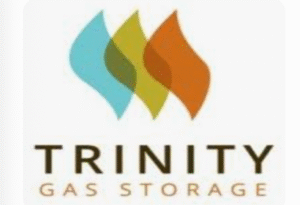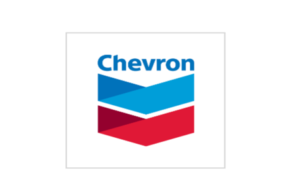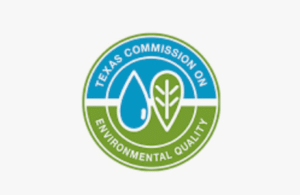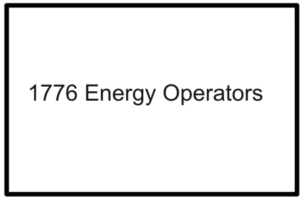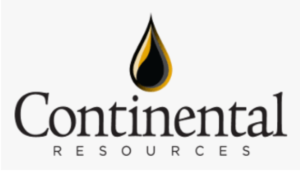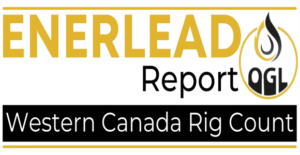Western Canada Pipeline Construction Summary
Pipeline Construction Western Canada last 7 days (report date Dec 6 2021). We are tracking 25 Canadian Oil & Gas Operators who had 48 pipeline permits approved for for a total of 117KM of oil & gas pipeline projects.
- Pipeline construction permits by top operators & permit count – CNRL (9), Tundra Oil & Gas Limited (4), Whitecap Resources Inc. (4), ALLIED ENERGY CORP. (3)
- Pipeline construction permit count by province – Alberta Pipeline Permits (34), Sask Pipeline Permits (14), BC Pipeline Permits (0)
- Pipeline construction permits by area & project distance – Calling Lake (20KM), Grovedale (20KM), Sturgeon Lake (8KM)
Download Western Canada Oil & Gas Pipeline Construction Permits
Western Canada Pipeline Construction Detail
Pipeline permits include gathering or transport pipelines of a liquid, gas or oil through a system of pipes. In addition to these main types of pipelines, there are also four other sub-categories of pipelines: Gathering Lines, Feeder Lines, Transmission Pipelines and Distribution Pipelines. The permits represent all types of pipelines. This section shows pipeline permits that have a new construction component. (Pipeline Construction Western Canada Dec 6 2021 report date )
Petroleum pipelines transport oil, oil products and natural gas. In addition to these two main types of pipelines, there are also four other sub-categories of pipelines: Gathering Lines, Feeder Lines, Transmission Pipelines and Distribution Pipelines. The permits represent all types of pipelines.
Pipeline Permits Approved Last Week
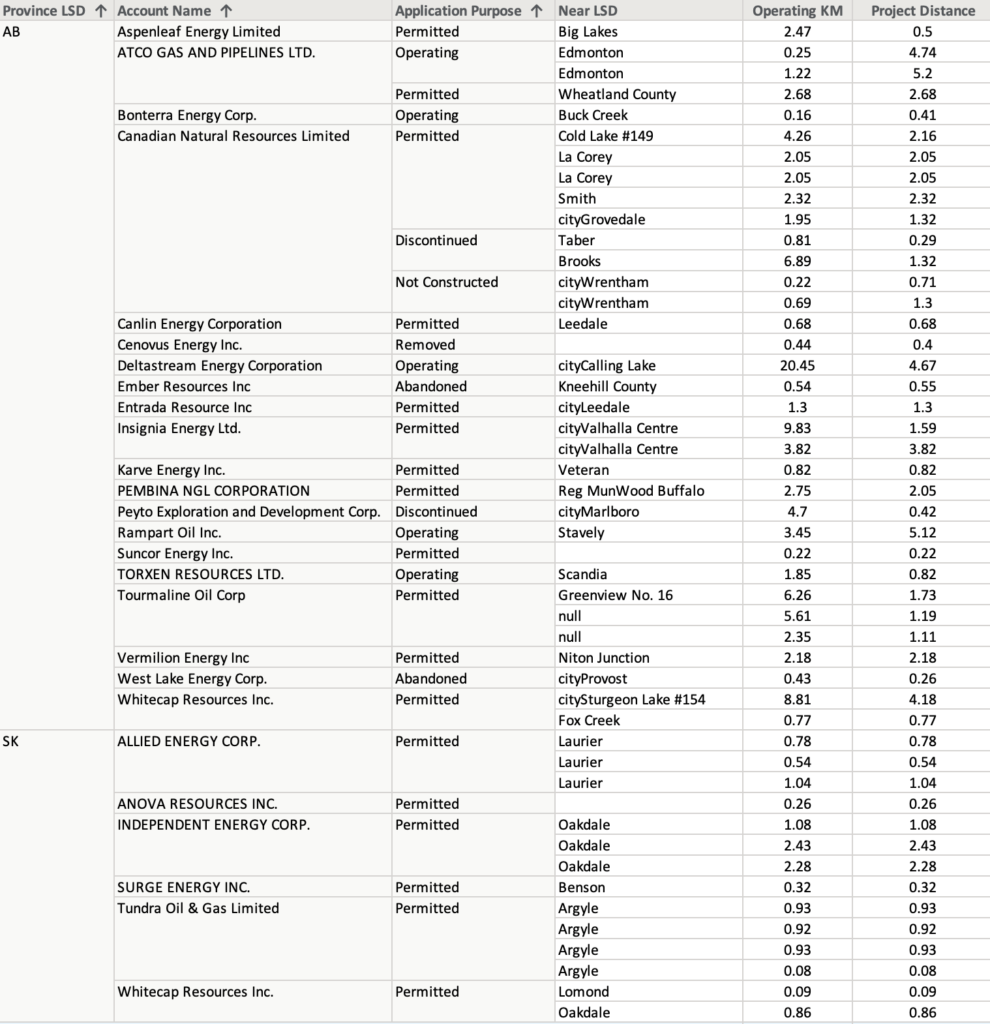

Oil Spill Solutions White Paper
Pipeline Project Details
ATCO GAS AND PIPELINES LTD. #1819 total 2.68KM Pipeline to pipeline
- ATCO Land and Development Ltd. includes commercial real estate investments held for sale, lease or development.
- ASHCOR Technologies Ltd. (ASHCOR) is an Alberta-based company engaged in the processing and marketing of ash.
- Canadian Utilities’ 100 per cent owned subsidiary CU Inc. includes electricity distribution, electricity transmission, natural gas distribution and natural gas transmission.
- International Electricity Operations includes Canadian Utilities’ 50 per cent ownership in LUMA Energy, LLC (LUMA Energy), a company formed to transform, modernize and operate Puerto Rico’s 30,000 km electricity transmission and distribution system under an Operations and Maintenance Agreement with a 15-year term after a one-year transition period, which began on June 22, 2020.
- Canadian Utilities owns 296-MW of non-regulated electricity generation assets in Australia, Mexico, Canada and Chile.
- Retail Energy, through ATCO Energy Ltd. (ATCOenergy), provides retail electricity and natural gas service in Alberta.
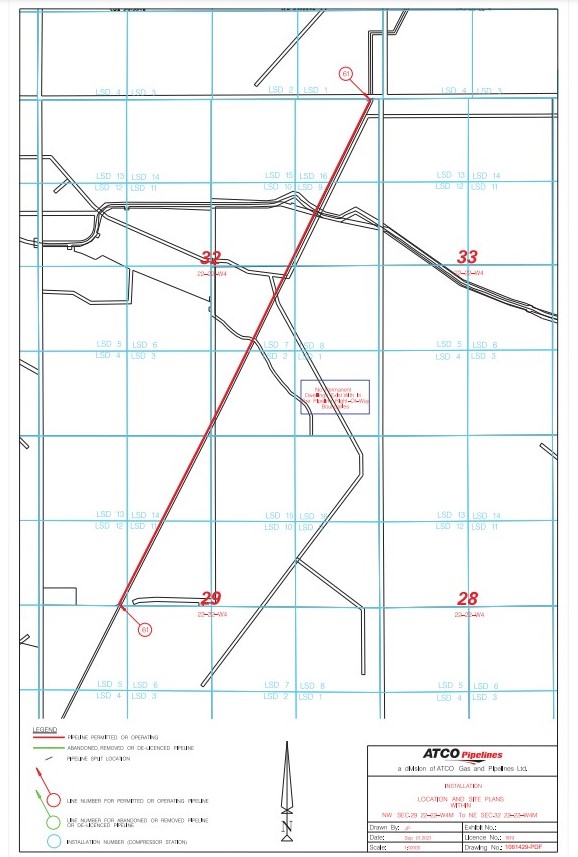
CANADIAN NATURAL RESOURCES LIMITED Permit #26083 – 2.16KM pipeline to pipeline
Canadian Natural’s primary heavy crude oil operations are centered on the Alberta – Saskatchewan border, near the city of Lloydminster. The Company’s extensive and dominant land base allows us to conduct large scale drilling and development programs while minimizing our capital cost requirements. Costs are further managed through owning and operating centralized treating and sand handling facilities, maximizing their utilization and using our size to achieve economies of scale. Our infrastructure includes fifteen crude oil processing facilities and eight salt caverns for solids disposal. 100% ownership of the ECHO sales pipeline allows us to deliver undiluted heavy crude oil into our blending facilities at Hardisty, Alberta.
Canadian Natural holds some of the best thermal in situ oil sands assets in Canada, providing tremendous value and growth potential. Our thermal assets are located in two of the major oil sands deposits in Western Canada – the Athabasca and the Cold Lake deposits. Canadian Natural’s oil sands deposits are in the form of bitumen, which in its natural state is too viscous to flow. When bitumen is too deep (>80 m) to economically mine, steam is injected to warm the bitumen, reducing the viscosity and allowing it to be pumped through surface wells. Only about 7% of Canada’s oil sands can be mined; the majority has to be recovered using thermal in situ recovery.
Clearwater formation at Canadian Natural’s Wolf Lake and Primrose (North, South, and East) fields. In the Cold Lake deposits, our Primrose operations currently produce from the Clearwater reservoir using the cyclic steam stimulation (CSS) process. CSS uses a single well bore to inject and produce steam. This technology has been historically applied to reservoirs that have barriers to vertical flow. The production peaks and troughs at Primrose are a reflection of the cyclic steam process – the peaks are associated with production cycles from newer, less mature wells and the troughs are associated with production cycles from the more mature areas in the field.
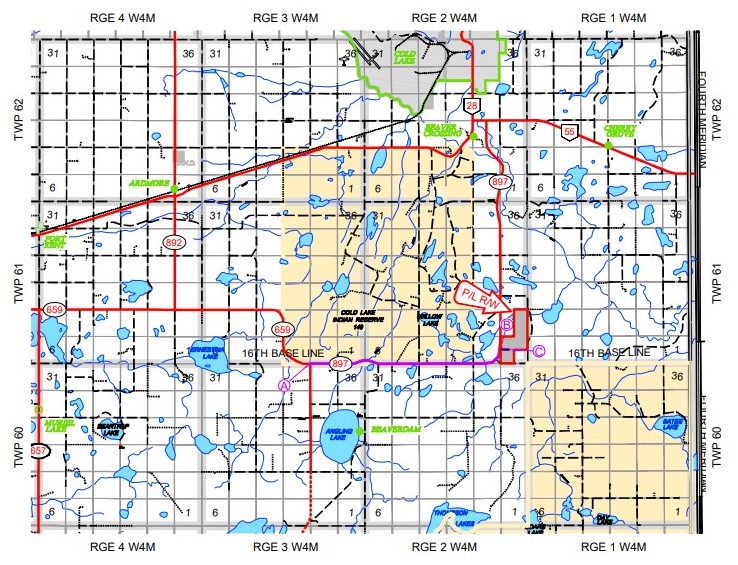
INDEPENDENT ENERGY CORP. Permit #100,006,310 (SK) SES Crude Supply 1.08KM
Independent Energy Corp. is a privately funded corporation focused on the development of economical, environmentally friendly micro-refineries utilizing proprietary technology and high standards. Our senior management team has nearly 100 years of experience in all facets of upstream oil and gas production, transportation and refining experience including facility conception and design, construction, operation and regulatory compliance.
Independent Energy is committed to developing projects that bring economical value to the local communities while remaining in strict compliance with all applicable municipal, provincial and federal regulations and industry best practices. Our success is built on the relationships we develop and maintain with all stakeholders throughout our projects.
Projects
Our projects consist of developing micro-refineries within Saskatchewan utilizing locally produced light sweet crude oil feedstock. Our Facilities encompass a small footprint and are located where we have direct access to existing utilities and infrastructure including rail services, power and natural gas and crude oil.
Our facilities are constructed of modular components built within Canada and range in capacity from 10,000 barrels per day (bpd) up to 50,000 bpd with expansion capabilities based on market demands. The primary product produced is an ultra-low Sulphur (less than 15 parts per million Sulphur) diesel for the transportation and stationary engine markets across Western Canada. Other by-products produced from the Facility include naphtha and heavier hydrocarbon chain products.

VERMILION ENERGY INC. Permit #62,763- Battery to pipeline 2.18KM
Vermilion is targeting production of approximately 50,000 boe/d in 2015 (approximately 35% growth) through the exploitation of both conventional and unconventional resource plays in Western Canada, including Cardium light oil and Duvernay liquids rich natural gas, the exploration and development of high impact natural gas opportunities in the Netherlands and through drilling and workover programs in France and Australia. In addition, Vermilion’s non-operated interest in the Corrib gas field is expected to contribute approximately 9,000 boe/d (net) of high netback natural gas to Vermilion’s production growth beginning late 2014. Vermilion operates over 90% of its producing properties supported by an outstanding team of dedicated professionals.
The Mannville play is a multizone development that occurs at depths of approximately 2,400 metres to 2,700 metres. We hold over 250,000 net acres of Mannville rights, which are largely held by production. Our land position includes condensate-rich Mannville acreage around the Drayton Valley area as well as high-productivity, liquids-rich gas acreage near Ferrier. Since starting development of the Mannville play in 2013, we have only drilled a small portion of our Mannville inventory, providing us with significant future growth potential.
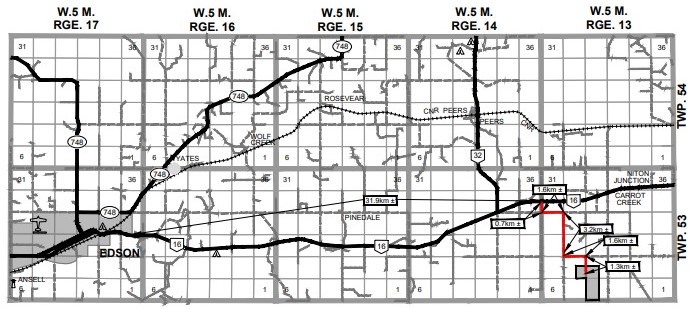
Western Canada Oil & Gas News
About Enerlead Pipeline Report Overview
The location of the pipeline permits are the Western Canada Sedimentary Basin (WCSB) located in Western Canada including southwestern Manitoba, southern Saskatchewan, Alberta, northeastern British Columbia.
Pipeline permits are related to petroleum pipelines transport oil, oil products and natural gas. In addition to these two main types of pipelines, there are also four other sub-categories of pipelines: Gathering Lines, Feeder Lines, Transmission Pipelines and Distribution Pipelines. The permits represent all types of pipelines.
Additional Permit Reports




